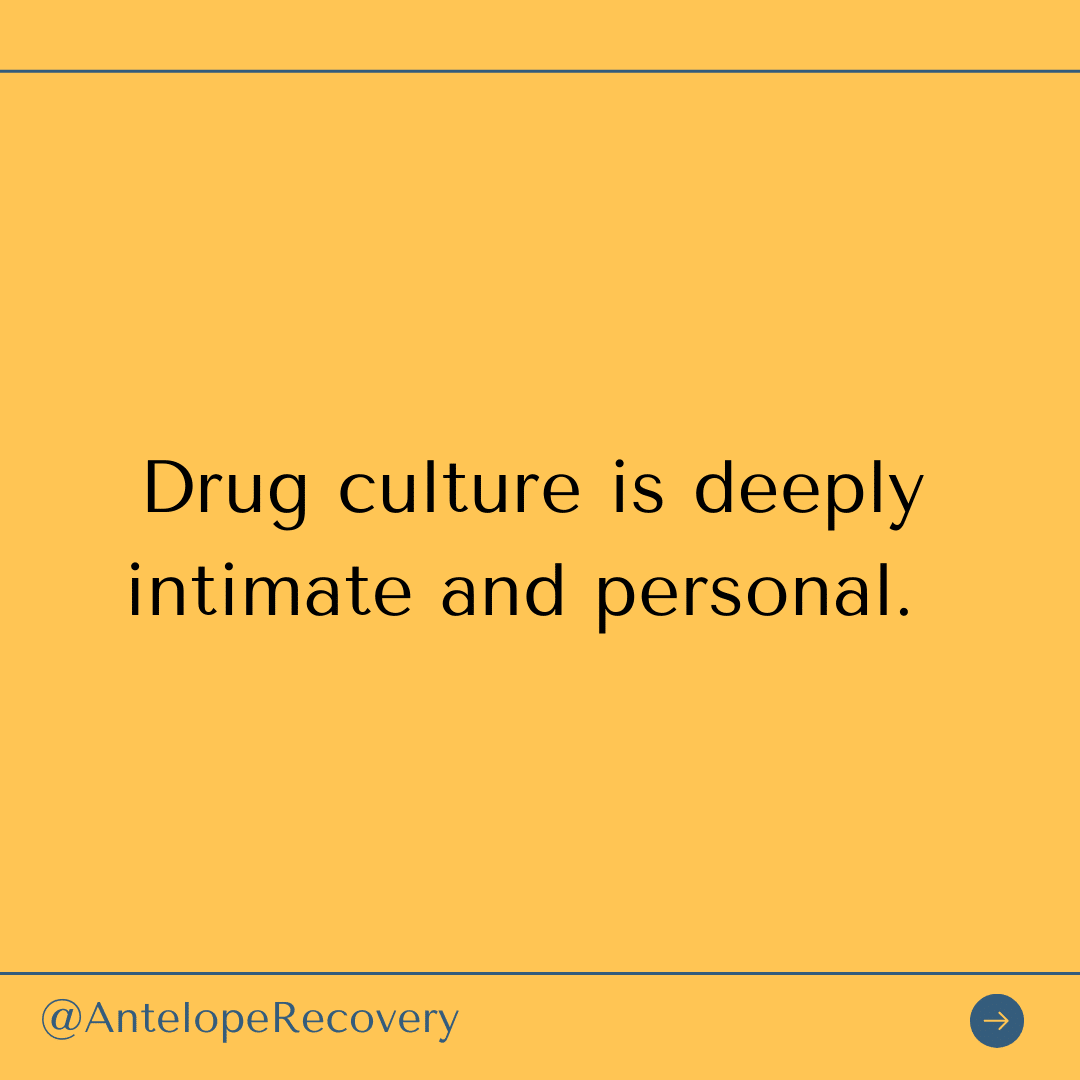Overdose deaths now claim more lives every year than car crashes. Over 100,000 lives were lost to overdoses last year – a 15% increase from the year before. Those overdoses are caused by opioids and the fact that most have not received life-saving recovery medication, which is the recommended standard of care. Research shows that medication and therapy can treat these disorders and can sustain recovery for some people struggling with addiction. Medication-assisted treatment is a new standard of care for substance use recovery and is important to learn about if you or a loved one is in recovery.
What you need to know about Medication-Assisted Treatment (MAT)
MAT is considered the most effective treatment for opioid use disorder by the Centers for Disease Control and Prevention (CDC) and other federal agencies.
Rehabs fail 90% of the time when not followed by medication. MAT helps reduce cravings, decreases withdrawal symptoms, and significantly lowers the chance of relapse and overdose. MAT is 6x more effective than rehab.There are several medications commonly prescribed for MAT. Buprenorphine (commonly known as Soboxone), Methadone, Naloxone, and Naltrexone are the most common.
What is Suboxone?
Suboxone may be taken daily, twice daily, or every other day. It achieves maximum effects within an hour and lasts up to 24 hours after each dose. This medication comes in tablets or films. Most research shows suboxone works best when you take it for a minimum of 1 to 2 years, if not longer. But everyone is different and you can discuss the length of your treatment plan with your provider.
Like other opioid drugs, buprenorphine attaches to a specific site on the nerve cell (μ-opioid receptors). However, buprenorphine activates these receptors only partially, about half the strength of other opioids (a “partial agonist”), As such, it does not produce a high, even at higher and higher doses (a “ceiling effect”). It is, therefore, safer than medications like oxycontin or methadone. At the same time, it is long-acting, provides stable, low-level stimulation of opioid receptors in the brain prevents withdrawal symptoms, and reduces cravings.
What Is Naloxone?
Naloxone is a medication approved by the Food and Drug Administration (FDA) that is designed to reverse opioid overdose rapidly. It is an opioid antagonist that binds to opioid receptors and can reverse and block the effects of other opioids, such as heroin, morphine, and oxycodone. it is administered when a patient shows signs of opioid overdose; naloxone is a temporary treatment, and its effects do not last long. Therefore, it is critical to obtain medical intervention as soon as possible after administering/receiving naloxone. The medication can be given by intranasal spray (into the nose), intramuscular (into the muscle), subcutaneous (under the skin), or intravenous injection. A practitioner should assess the need to prescribe naloxone for patients who are receiving medication-assisted treatment (MAT) or otherwise considered at risk for opioid overdose.
What Is Naltrexone?
Intramuscular extended-release Naltrexone is a medication approved by the Food and Drug Administration (FDA) to treat both Opioid Use Disorder (OUD) and Alcohol Use Disorder (AUD) as a Medication-Assisted Treatment (MAT) option. Naltrexone can be prescribed and administered by any practitioner licensed to prescribe medications and is available in a pill form for Alcohol Use disorder or as an extended-release intramuscular injectable for Opioid Use disorder. A Risk Evaluation and Mitigation Strategy (REMS) is required for the long-acting injectable formulation to ensure that the drug’s benefits outweigh its risks.
The pill form can be taken daily for AUD, but the extended-release injectable formulation is approved for treating OUD. The pill form is taken daily, and the extended-release injectable is administered by a practitioner every four weeks or once a month.
Naltrexone is not a recommended MAT option for anyone younger than 18 years of age or for patients experiencing other health conditions.
Teens and Medication-Assisted Treatment
Medication-Assisted Treatment (MAT) therapy is a valuable approach for teenagers in addiction recovery, but it should be approached with caution. MAT combines FDA-approved medications like buprenorphine or methadone with counseling and behavioral therapies to address both the physical and psychological aspects of addiction. While MAT can provide essential support by reducing withdrawal symptoms and cravings, it must be administered and monitored carefully. There is a risk of dependency on MAT medications, and the treatment should be supervised by qualified healthcare professionals with expertise in addiction. Treatment plans should be highly individualized, considering the unique needs and circumstances of each teenager. It’s essential to include psychological counseling as an integral part of MAT to address the underlying psychological and behavioral aspects of addiction. The ultimate goal of MAT should be to taper off the medication as the teenager progresses in their recovery. Healthcare professionals must monitor the teen’s physical and mental health for potential side effects and provide a supportive and non-judgmental environment to combat any associated stigma. MAT can be a valuable tool, but its use should be thoughtfully considered in the context of a comprehensive treatment plan.
Additional support
In the early stages of medication-assisted treatment (MAT), typically within 1-2 weeks of beginning, individuals may find themselves at a higher risk for suicide. This phase can be challenging as they begin to regain a sense of well-being, making it essential to ensure your teen has access to 1:1 or group therapy in addition to medication support once they have stabilized.
Drug culture is deeply personal, and the journey to recovery often requires more than just MAT therapy. Achieving lasting healing often involves embracing entirely new interests, forming new friendships, connecting with supportive communities, and adopting fresh ways of navigating life. Recovery programs can be transformative because they provide a strong counterbalance to the intimate and potent culture of drug use. It’s common for individuals to fear that sobriety might mean losing the sense of intimacy and belonging they once had with others.

At Antelope Recovery, while we do not offer MAT therapy directly, we collaborate closely with experienced psychiatrists and primary care physicians who do. Our comprehensive approach includes a range of options such as teen groups, family therapy, contingency management, and individual therapy programs designed to provide holistic support to teenagers facing addiction challenges.
If you’re concerned about your teen’s well-being and the path to recovery, take the first step today. Contact Antelope Recovery to explore how we can help your family navigate this journey toward healing and hope. Your teen’s brighter future begins with the support and resources we offer.


